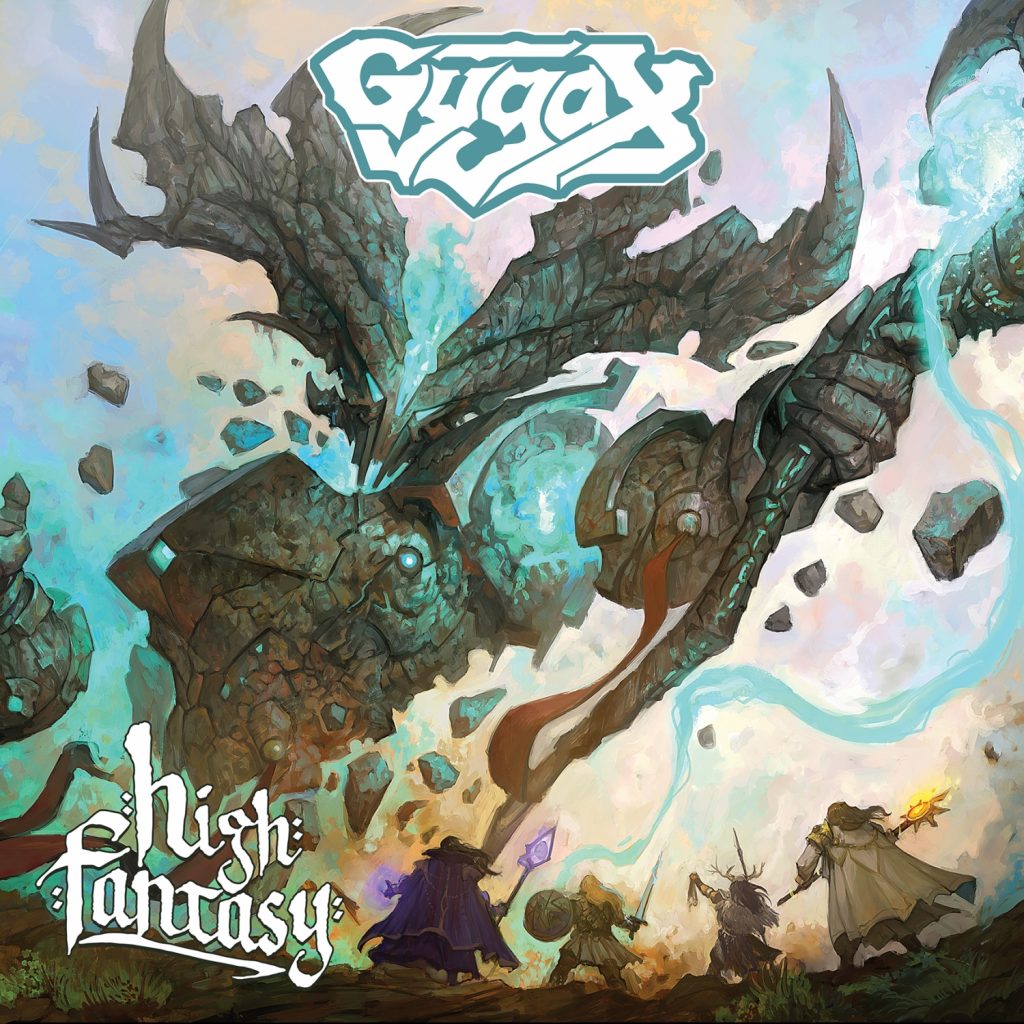

Describing a one-way teleporter, he crows that “the poor dupes” will never notice the relocation. While recommending slanting passages and sinking rooms, Gary seemed to relish any chance to frustrate mappers. Separate groups might compile maps and keep them from rivals.

In the game’s infancy, different groups of players mounted expeditions as often as Dave and Gary could spare them time. To the explorers of the mega-dungeons under Blackmoor and Greyhawk, map making became proof of dungeoneering mastery. He tells the players what they see and observe around them.”Īs fans of competitive games, D&D co-creators Dave Arneson and Gary Gygax relished tests of player skill more than many D&D players do now. Only the DM knows what is in the dungeon.

The individual players cannot see the board. “The game is played something like Battleship. Andre attempted to explain dungeoneering to potential players, he could only reach for a slight match. In 1975, when Tunnels & Trolls creator Ken St. Even the wargames that relied on umpires to hide enemies from opposing players let everyone see the terrain-and only a tiny community of enthusiasts played such games. Then, exploring a hidden version of the game board seemed revolutionary. In 1974, D&D seemed so fresh and intoxicating that even duties like mapping found love-just less love than the game’s best parts. In my experience, there is usually at least one person in the group who is good at it, and it is lots of fun to see your friends pouring over maps trying to figure out where to go or where some secret might be.” “If the DM is running the game with a proper amount of mystery, then mapping is one of the joys of dungeon exploring. (In that original example of play, the Caller finds hidden loot, and the Referee responds by “cursing the thoroughness of the Caller.” Rules question: Must the Referee curse aloud or can he just twirl his mustache?īlackmoor scholar Daniel H. Today, only players who play D&D in an older style draw their own maps as they explore a dungeon.ĭid anyone ever think translating distances to graph paper added fun? Or was mapping another way to thwart players who tried to steal the quasi-adversarial referee’s treasure. Such mazes were no more fun, but they saved graph paper. By fourth edition, labyrinths had changed from mapping challenges into skill challenges. By 1976, the first D&D module Palace of the Vampire Queen included players’ maps to spare explorers the chore of transcribing dimensions. The text’s author, Gary Gygax, suggests freshening explored parts of the dungeon by adding monsters, but also through map “alterations with eraser and pencil, blocking passages, making new ones, dividing rooms, and filling in others.”ĭespite the emphasis, many gamers found mapping less compelling. The rules’ example of “Tricks and Traps” only lists slanting passages, sinking rooms, and other ways to vex mappers. In the example of play, the referee-the title of dungeon master had not been coined yet-spends half the dialog reciting dimensions. The original rules present mapping as half of the game. In early D&D, one player assumed the role of mapper and transcribed a description of walls and distances onto graph paper. Several of his novels were published posthumously.Level 1 of the dungeon under Greyhawk Castle photographed in 2007 by Matt Bogen Poul Anderson died of cancer on July 31, 2001, after a month in the hospital. Heinlein dedicated his 1985 novel The Cat Who Walks Through Walls to Anderson and eight of the other members of the Citizens' Advisory Council on National Space Policy. He was a founding member of the Society for Creative Anachronism. He was a member of the Swordsmen and Sorcerers' Guild of America, a loose-knit group of Heroic Fantasy authors founded in the 1960s, some of whose works were anthologized in Lin Carter's Flashing Swords! anthologies. Anderson was the sixth President of Science Fiction and Fantasy Writers of America, taking office in 1972. They had one daughter, Astrid, who is married to science fiction author Greg Bear. He received numerous awards for his writing, including seven Hugo Awards and three Nebula Awards.Īnderson received a degree in physics from the University of Minnesota in 1948. Anderson also authored several works of fantasy, historical novels, and a prodigious number of short stories. Poul William Anderson was an American science fiction author who began his career during one of the Golden Ages of the genre and continued to write and remain popular into the 21st century.


 0 kommentar(er)
0 kommentar(er)
